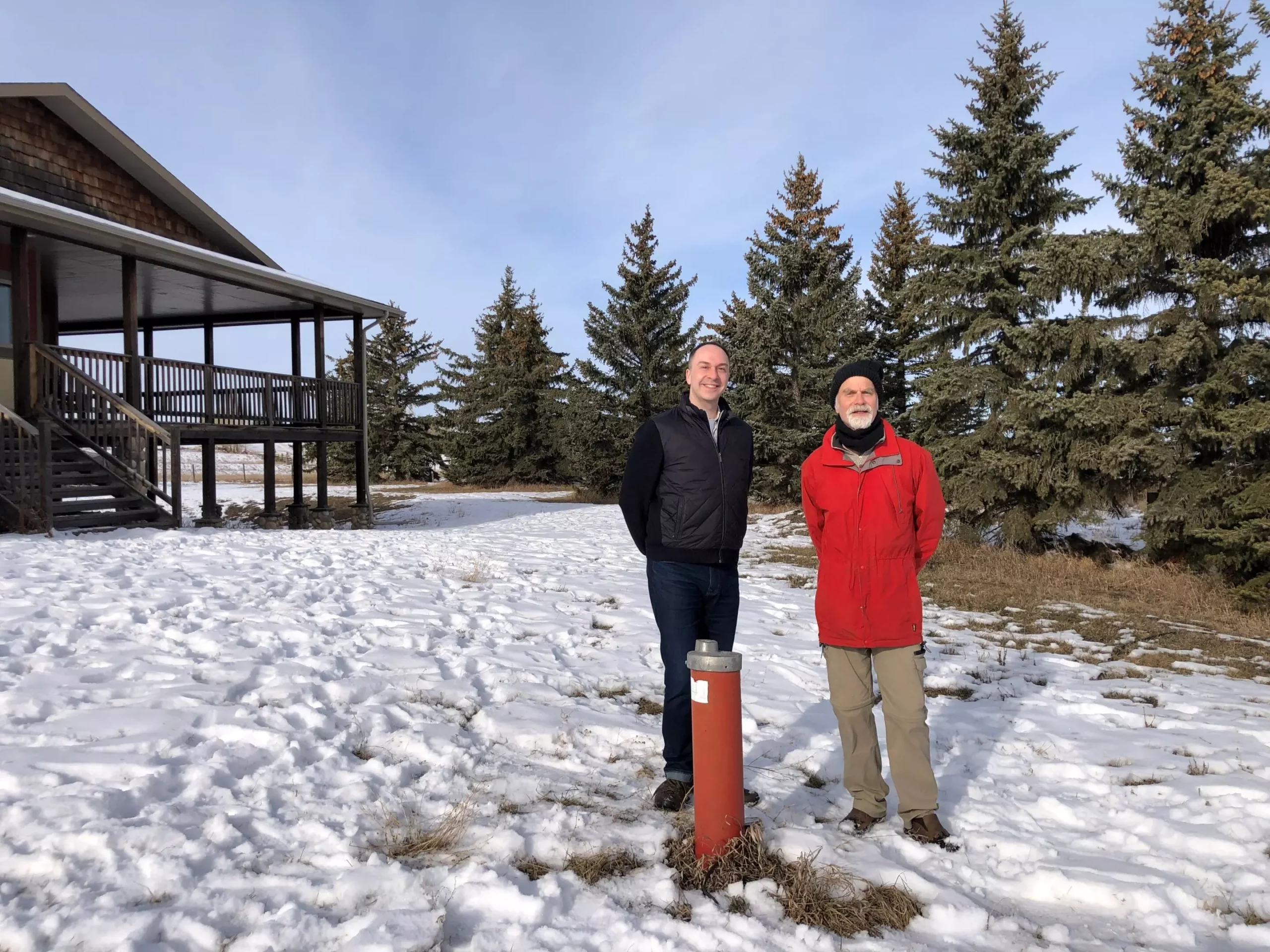University of Calgary researchers have recently discovered a concerning link between radon exposure in rural homes and their proximity to drilled groundwater wells. This transdisciplinary team of experts from various faculties delved into the reasons behind the elevated levels of radon found in rural communities compared to urban areas. Dr. Aaron Goodarzi, the principal investigator of the study, highlighted the issue by pointing out that the problem lies not in the well water itself but in the wells acting as conduits for radon gas from deep within the ground.
Many rural properties and communities depend on well water for their daily needs. However, upon testing the well water for radon, researchers found that the levels were not significant enough to explain the high concentrations of radon indoors. Instead, the study revealed that the presence of drill hole space around water well pipes could be facilitating the migration of radon gas. Dr. Cathy Ryan, a study co-lead, drew parallels with methane gas leakage around oil and gas wells, prompting the team to investigate the possibility of similar ‘unintended’ radon migration along water wells.
Radon gas, a radioactive and odorless substance, naturally emanates from beneath the ground and disperses harmlessly in outdoor air. However, in indoor environments, this gas can accumulate to dangerous and cancer-causing levels. Prolonged exposure to radon is the leading cause of lung cancer among non-smokers in Canada. Therefore, it is crucial to address radon levels in buildings to ensure the health and safety of occupants. Josh Taron, another study co-lead, emphasized the significance of considering environmental factors in building design to mitigate such risks effectively.
Read More: The Link Between Radon Exposure and Rural Groundwater Wells
The research findings, published in Scientific Reports, revealed that residents in rural communities are exposed to approximately 30% higher levels of radon compared to those in urban areas across Canada. This consistent disparity emphasizes the need for routine radon testing, especially in regions where drilled groundwater wells are prevalent. The researchers stress the importance of incorporating such geological considerations into building designs to create safer and healthier living environments for occupants.
The study sheds light on the critical link between radon exposure and rural groundwater wells. By understanding the underlying factors contributing to elevated radon levels in rural homes, we can take proactive measures to mitigate health risks associated with this radioactive gas. It is essential for homeowners, builders, and policymakers to prioritize radon testing and implement effective remediation strategies to ensure the well-being of individuals residing in both rural and urban communities.


Leave a Reply